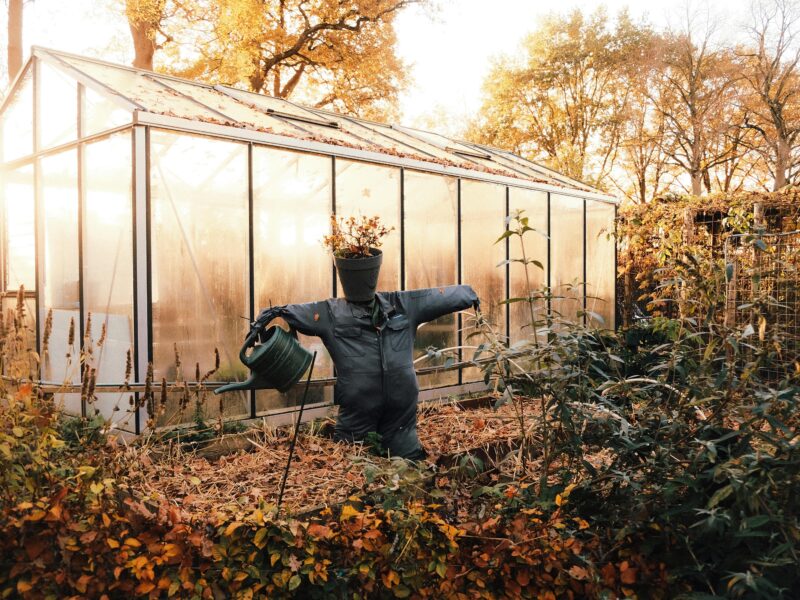Gardening may look simple enough: plant, water, wait, and watch things grow. But even experienced gardeners can make mistakes that hold their plants back. The difference between a thriving garden and a struggling one often comes down to small choices—when to water, where to plant, and how to care for your soil.
If your garden isn’t quite living up to your expectations, chances are you’re making one or more of these common errors. The good news is, each one is easy to fix.
1. Overwatering or Underwatering
Too much water can suffocate roots and cause rot, while too little can leave plants dry and stunted. Many gardeners assume more water equals healthier plants, but balance is key.
How to fix it: Check moisture before watering by sticking your finger about two inches into the soil. If it’s dry, water deeply. If it’s still moist, wait another day or two. Watering less often but more thoroughly encourages stronger root growth.
2. Planting in the Wrong Spot
Every plant has different sunlight and soil preferences. Putting a shade-loving fern in full sun or a tomato in constant shade is a recipe for disappointment.
How to fix it: Pay attention to sunlight patterns in your yard throughout the day. Match plants to the conditions they love—full-sun vegetables, partial-shade flowers, or moisture-loving ferns.
3. Ignoring Soil Health
Soil is the foundation of your garden’s success, yet many gardeners plant without knowing what’s in it. Poor soil drains badly, lacks nutrients, and struggles to support growth.
How to fix it: Test your soil’s pH and nutrient levels using an at-home kit or local extension service. Add compost, organic matter, or manure to improve texture and fertility. Healthy soil produces resilient plants.
4. Planting Too Close Together
It’s tempting to fill every open space, but crowded plants compete for sunlight, water, and nutrients. Tight spacing also increases humidity and disease risk.
How to fix it: Follow the spacing directions on seed packets or plant tags. Give each plant room to mature. Air circulation reduces fungus and helps plants reach their full potential.
5. Skipping Mulch
Bare soil dries out quickly and invites weeds. Without mulch, you’ll spend more time watering and weeding than enjoying your garden.
How to fix it: Spread a two- to three-inch layer of organic mulch such as wood chips, straw, or shredded leaves around your plants. Mulch locks in moisture, suppresses weeds, and improves soil quality over time.
6. Overdoing Fertilizer
More fertilizer doesn’t mean faster growth. Overfertilizing can burn roots or cause lush foliage with few blooms.
How to fix it: Use the right fertilizer for your plants and follow the label instructions. Organic slow-release fertilizers are more forgiving and provide steady nutrition throughout the season.
7. Ignoring Pests Until It’s Too Late
By the time you notice chewed leaves or holes in your crops, pests may already be settled in.
How to fix it: Inspect plants regularly, especially the undersides of leaves. Encourage beneficial insects like ladybugs, and use natural deterrents such as neem oil or insecticidal soap before resorting to chemicals.
8. Neglecting Pruning
Some gardeners hesitate to prune, fearing they’ll harm the plant. But skipping this step leads to weak growth, poor shape, and disease.
How to fix it: Use sharp, clean shears to remove dead or crossing branches and spent blooms. Prune at the right time—usually after flowering for perennials or during dormancy for trees and shrubs.
9. Failing to Rotate Crops
If you grow vegetables in the same spot every year, pests and nutrient depletion will follow.
How to fix it: Rotate crops annually by plant family. For example, move tomatoes and peppers (nightshades) to a new area next year and plant beans or greens in their place. This breaks pest cycles and refreshes the soil.
10. Expecting Instant Results
Gardening rewards patience. Many plants need a season or two to fully establish. Impatience leads to over-tinkering—too much watering, feeding, or replanting.
How to fix it: Trust the process. Focus on building healthy soil and consistent care. Growth takes time, but steady effort pays off with a stronger, more resilient garden.
Gardening success isn’t about perfection—it’s about understanding how plants grow and learning from your missteps. By avoiding these ten common mistakes, you’ll spend less time fixing problems and more time enjoying the beauty of your garden.
Every season brings new lessons. With each adjustment, your garden will get healthier, easier to manage, and more rewarding to tend.


